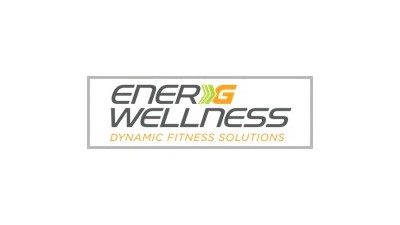Bringing A ‘People First’ Approach To The Fitness Space

It is not that difficult to create a fitness facility, as long as you have a rough idea of who will be using it.
At least, that is the philosophy EnerG Wellness lives by. The Washington, D.C.-based company, which provides on-site fitness solutions to fitness centers across the mid-Atlantic region, conducts research about its clientele before beginning each project. Once the EnerG team knows who they are working with, they can customize their solutions to fit the needs and preferences of the demographic.
“There is a lot of excitement around emerging fitness trends, but it’s important to remember your demographic and who you are trying to target when building a fitness center in your facility,” EnerG Wellness Marketing Coordinator Kathleen Swift said. “Keep in mind who exactly will be working out in the facility and what is important to tenants and visitors.”
To customize solutions to a building or facility’s clientele, an owner or manager can begin by surveying tenants about what kind of fitness center, machines and services they prefer.
“A building’s fitness facility doesn’t have to have the usual cardio and strength equipment,” Swift said. “If there is demand for more class-based fitness experiences, it is possible to do that, even in the confines of a more traditional setting. The rise of the SoulCycles and Pure Barres of the world has changed the way we are looking at gyms in multifamily, corporate and hospitality buildings.”
It is also important to keep up with emerging trends and patterns across the fitness industry to ensure you are meeting the needs of consumers. For instance, the characteristics of boutique studios and luxury fitness classes, which have grown in popularity over the last few years, can be incorporated into a building’s fitness center.

Many of these trends depend on the age group of a building’s demographic, Swift said. The majority of millennials, for example, are looking for a digitally enhanced workout experience. They want to use technology to track their progress and integrate mobile apps and videos into their fitness routine. They also want workouts that are short and efficient but experiential. Millennials are also more likely than generations before them to spend a lot of money on their fitness routines, the LA Times reported.
Gyms and fitness centers that have historically attracted these demographics must keep these trends in mind to evolve. A gym inside a student housing complex or in a neighborhood that tends to attract more millennials can design a fitness space with these trends in mind.
Meanwhile, baby boomers and seniors have a different perspective. Members of this older generation are relying on fitness centers that mirror health clubs like Curves and Bally Fitness, which offer an affordable and accessible fitness experience. As more people age in place, they are tapping into workout routines that help them maintain a healthy weight and lower the risk of diseases that often come with aging.
“This demographic is looking for a facility which is focused on more traditional cardio and strength-based workouts,” Swift said. “When building a facility that caters to mostly baby boomers and seniors, it is important to focus more on treadmills, ellipticals, bikes and strength equipment.”
The way people work out is continuing to change. As new trends and demographics enter the equation, property managers need to ensure their facilities can keep up.
This feature was produced in collaboration between Bisnow Branded Content and EnerG. Bisnow news staff was not involved in the production of this content.

